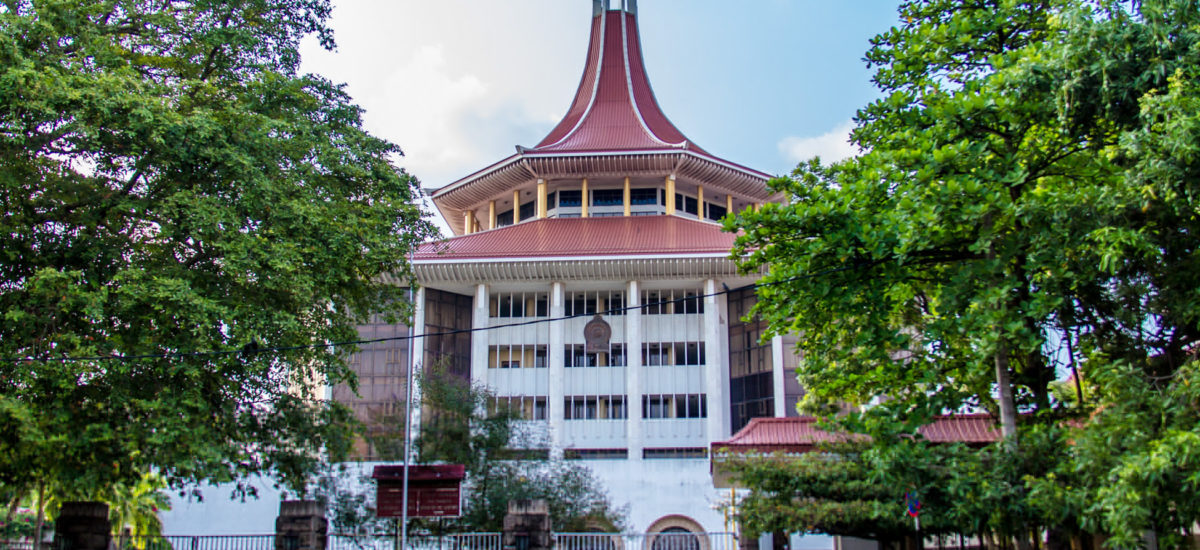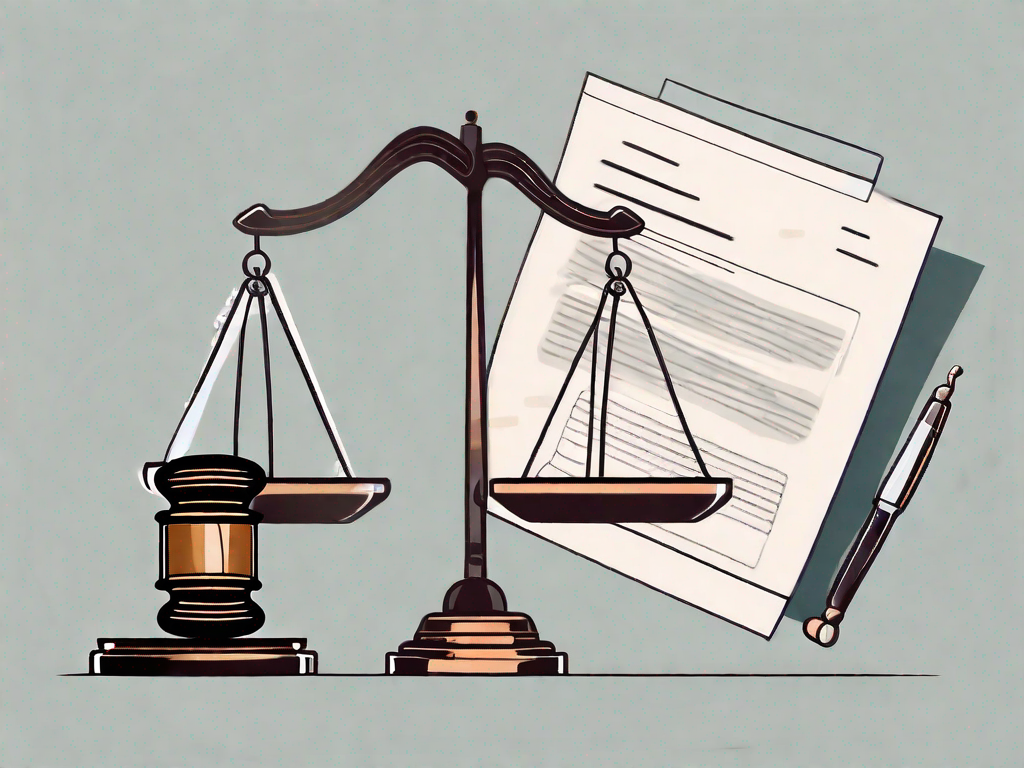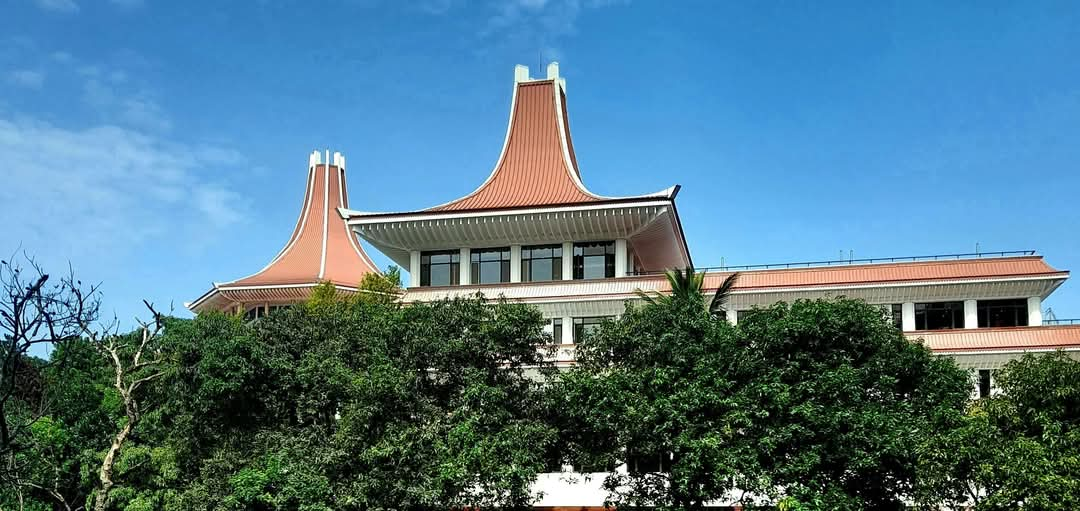In a fatal road accident case: SC Clarifies Duty of Care in Vehicle Overtaking
‘Duty of Care’ in Vehicle Overtaking

In a case involving a fatal road accident, the Supreme Court provided important clarifications on the principles governing the duty of care when overtaking a vehicle.
The accident occurred on a three-lane road. The bowser, driven by the defendant, was traveling behind a group of cyclists, including Ranjith, who was riding in front. As the bowser attempted to overtake the cyclists, the left rear wheel of the vehicle struck Ranjith, who was thrown under the rear wheels and died from his injuries.
“…..In order to answer the above question, and bearing in mind that the point of impact was 0.6m on the centre lane, I shall come back to the point at which the Defendant, travelling behind the cyclists on the centre lane, decided to overtake the cyclists. Section 148(3) of the Motor Traffic Act provides that, “A motor vehicle shall not be driven so as to overtake other traffic unless the driver of the vehicle has a clear and unobstructed view of the road ahead of him.” With the width of one lane being 2.8m, and with the distance from the left side edge of the road to the point of impact being 3.4m, it is clear that the cyclist was on the left side of the centre lane. Given the width of the bowser, the Defendant could not have overtaken the cyclist while remaining on the centre lane. He was therefore required to move completely onto the corner right lane in order to safely overtake the cyclist and avoid brushing against the cyclist.
The Defendant does not state there were vehicles on his right side which prevented him from moving the bowser completely onto the corner right lane of the road. Had he said there were vehicles on the corner right lane of the road, the Defendant could not and should not have overtaken the cyclist while being on the centre lane as the width of the lane was insufficient to safely pass the cyclist.
With a vehicle not being there on the corner right lane, the Defendant could have moved completely onto the right corner lane, and with there being a distance of over 2.2m between the left side of the bowser and the cyclist, the Defendant could have safely overtaken the cyclist. But, in view of the distance from the left edge of the road to the point of impact [3.4m], it is clear that the bowser driven by the Defendant was partially on the centre lane and partially on the right lane at the time it overtook Prasanna Ranjith. This proves that the Defendant did not move completely onto the right lane as he should have in order to overtake Prasanna Ranjith but did so, if at all, only partially. Given the space available on the right side of the road, it is clear that the Defendant failed to maintain a safe distance between the cyclist and the bowser at the time he overtook the vehicle, thus resulting in the left side of the bowser brushing against Prasanna Ranjith and throwing him under the rear wheel of the bowser. The fact that an accident will occur if one fails to maintain a safe distance when overtaking a vehicle is a result foreseeable to a reasonable prudent man. I am therefore satisfied that the Defendant has breached the duty of care he owed to Prasanna Ranjith……” – Justice Arjuna Obeysekara
Citing McKerron’s treatise, “Law of Delict,”, Mahipala and Others v. Martin Singho [(2006) 2 Sri LR 272], and Gaffoor v. Wilson [(1990) 1 Sri LR 142], the Supreme Court also reiterated the principle that while precise financial calculations may be challenging, courts are still required to make reasonable assessments based on the available evidence.
CASE NO: SC Appeal No. 107/2019 [ Decidenon 2nd August 2024 ]
Before: Vijith K. Malalgoda PC J, Mahinda Samayawardhena J, & Arjuna Obeyesekere J






